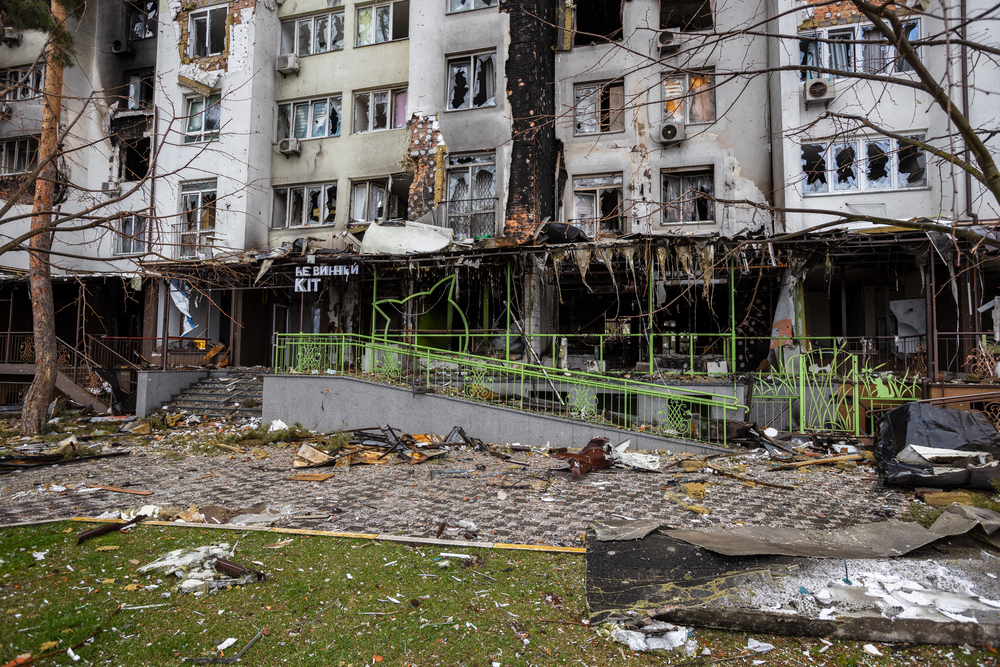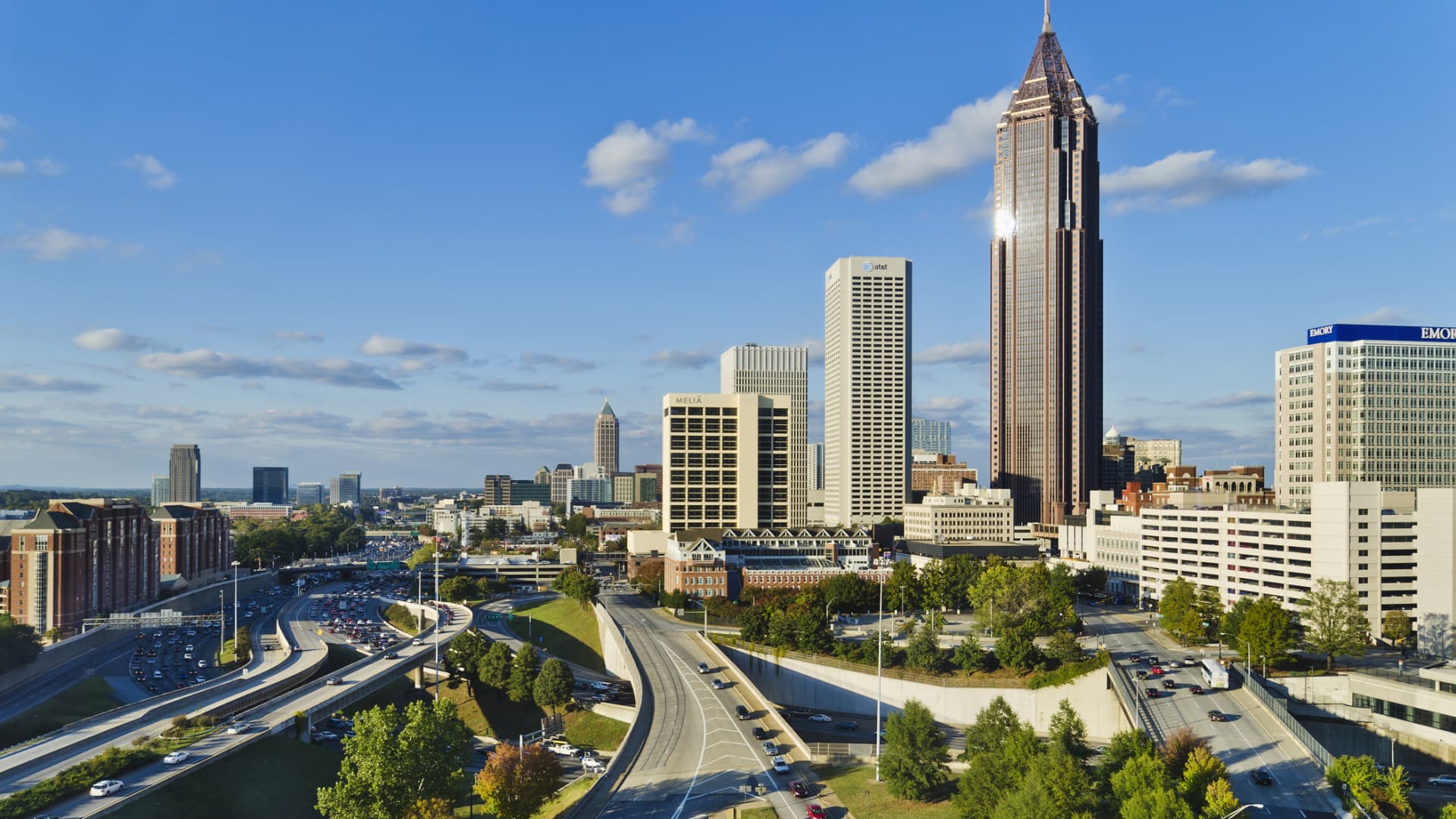In democratic elections, voters choose representatives to form a government. But voters also choose representatives for the Opposition, for an Opposition is as integral to the parliamentary system as the government.
For once, in the public sphere in Gujarat 2022, the focus is on the election of those who will sit in the Opposition benches of the assembly in Gandhinagar.
Why is this the case?
Contrary to what one may think (given how closely synonymous the state is with the Bharatiya Janata Party/BJP), there is a substantial segment of the electorate that has remained opposed to the party even during its period of dominance and hegemony.
In 2017, the first election after the state’s son Narendra Modi became prime minister, over 41% of Gujarat’s voters opted for the main party opposing the BJP. In 2012, an election that was the setting stage for Modi’s national ambitions, close to 39% voters backed the candidates of the main Opposition. In 2007, when Modi was up for re-election, 38% voted for the key opposition. And in 2002, among the most communally polarised election in India’s political history in the wake of the Gujarat riots, 39.28% of the state’s voters voted voted for the primary Opposition.
Now think of a voter who, in 2017, backed the Congress.
This voter was energised because Rahul Gandhi, ably assisted by Ashok Gehlot, ran an energetic campaign. This voter felt hope seeing the new political vocabulary introduced by three young leaders who had emerged from social movements — Hardik Patel, Alpesh Thakor and Jignesh Mevani. This voter gave the Congress 77 seats, the party’s highest tally since 1985. And while this voter may have been disappointed with the BJP’s win, there would have been satisfaction at seeing the party’s strength dip to 99 seats, its lowest tally since the 1990 elections. And this voter would have expected that the Gujarat assembly would be a more competitive legislative theatre than in the past.
Now think of the same voter in 2022.
This voter has seen that over a dozen of the representatives elected on the Congress ticket shifted to the ruling benches, reflecting the sheer incompetence and inability of the Opposition to retain coherence and unity in its ranks. This voter has seen that after all the promises, Rahul Gandhi disappeared from the state, making sporadic appearances in the past five years and then, shockingly, in an insult to those who invested hope in him, not even deigning to campaign properly in this election. This voter is also aware that the only Congress leader from the state with the ability to make a difference in the national party, Ahmed Patel, is gone.
This voter has seen that among the three younger Opposition faces of 2017, two (Patel and Thakor) have moved to the BJP. This voter has seen that despite the BJP changing not just its chief minister but the entire government midway through the term of the assembly, a clear acknowledgment of the failures of the previous dispensation, especially in managing Covid-19, the Opposition failed to put the government in the dock. And this voter is now either apathetic or is desperately searching for alternatives.
Enter the Aam Aadmi Party (AAP).
This voter suddenly sees that a party perceived as having provided high-quality basic citizen services in the national capital is investing in the state and is willing to challenge the hegemon. This voter is curious about what Arvind Kejriwal, who speaks a political language that is accessible and fresh but also largely in sync with the Hindu majoritarian sensibilities of the state, is offering as an alternative.
This voter could be a Muslim voter on the outskirts of Ahmedabad who isn’t thrilled with the Opposition’s silence on minority rights but is now used to the fact that the political competition within the state largely happens on terms meant to appeal to the Hindu voter. This voter could be a young college student in Rajkot, an urban professional in Vadodara, or a small town business employee in Surat who has only seen BJP rule and wants to experiment.
This voter could be upset with the local BJP legislator and wants to vote for an alternative, but also wants to be sure that this alternative candidate will not immediately defect to the ruling side after the election. This voter could be a poor Dalit or tribal, who is disillusioned that livelihood and identity concerns haven’t been recognised and addressed adequately.
And this voter may still be a firm supporter of Modi and wish to see him in power at the Centre but is confident that a vote for a small party will bring competitiveness in the state without affecting Modi’s standing.
The real political puzzle of Gujarat 2002 is, therefore, not in the domain of who wins and who loses. It is how the Opposition voter behaves. It is about whether a mainstream, better organised machine with traditional loyalties, such as the Congress, prevails or whether a new formation, with limited organisational strength but with an energetic campaign to offset this structural weakness in a state starved of political alternatives, can penetrate a new state.
For the BJP, this dilemma of the Opposition voter has three possible political implications. In the immediate context, it can split votes and add to the BJP’s strength, though the AAP’s ability to also take away a segment of the traditional BJP votes is a matter of concern for the party. In the medium-term, it throws up a viable state-level alternative to voters. And in the larger national theatre, it can reinforce the AAP and Kejriwal as a potential national challenger. All of this has meant that the BJP is more invested in seeing the Congress perform more respectably in the state than the Congress leadership itself.
For the Congress, too busy patting itself back for a yatra with no electoral impact at a time when the party is suffering an existential crisis, the churn within the Opposition voters should be a reminder of a simple fact. In a wider state-level polity, whenever the Congress has dipped to the third spot, or has faced a strong competitor for the same votes, it has never been able to revive. From Uttar Pradesh to Bengal, from Andhra Pradesh to Delhi, from Kashmir to Tamil Nadu, once it slips, the Congress has a consistent track record of failing to revive. How a party can cede ground entirely in one of the few states that remain bipolar is beyond the scope of rational political analysis.
And for the AAP, making the Gujarati voter think twice and bringing life to an otherwise predictable election is, in itself, a mark of success. But whether this can truly transform the state from a bipolar to a triangular battlefield in terms of vote share is the real test. Partial success will see the party make a strong bid to expand in Rajasthan next year and give Kejriwal more room to play as the Centre continues to squeeze the Delhi government; a rout will puncture the buzz around him for now.
Gujarat’s search for an Opposition that doesn’t flee in the face of failure is on the ballot in 2022.















